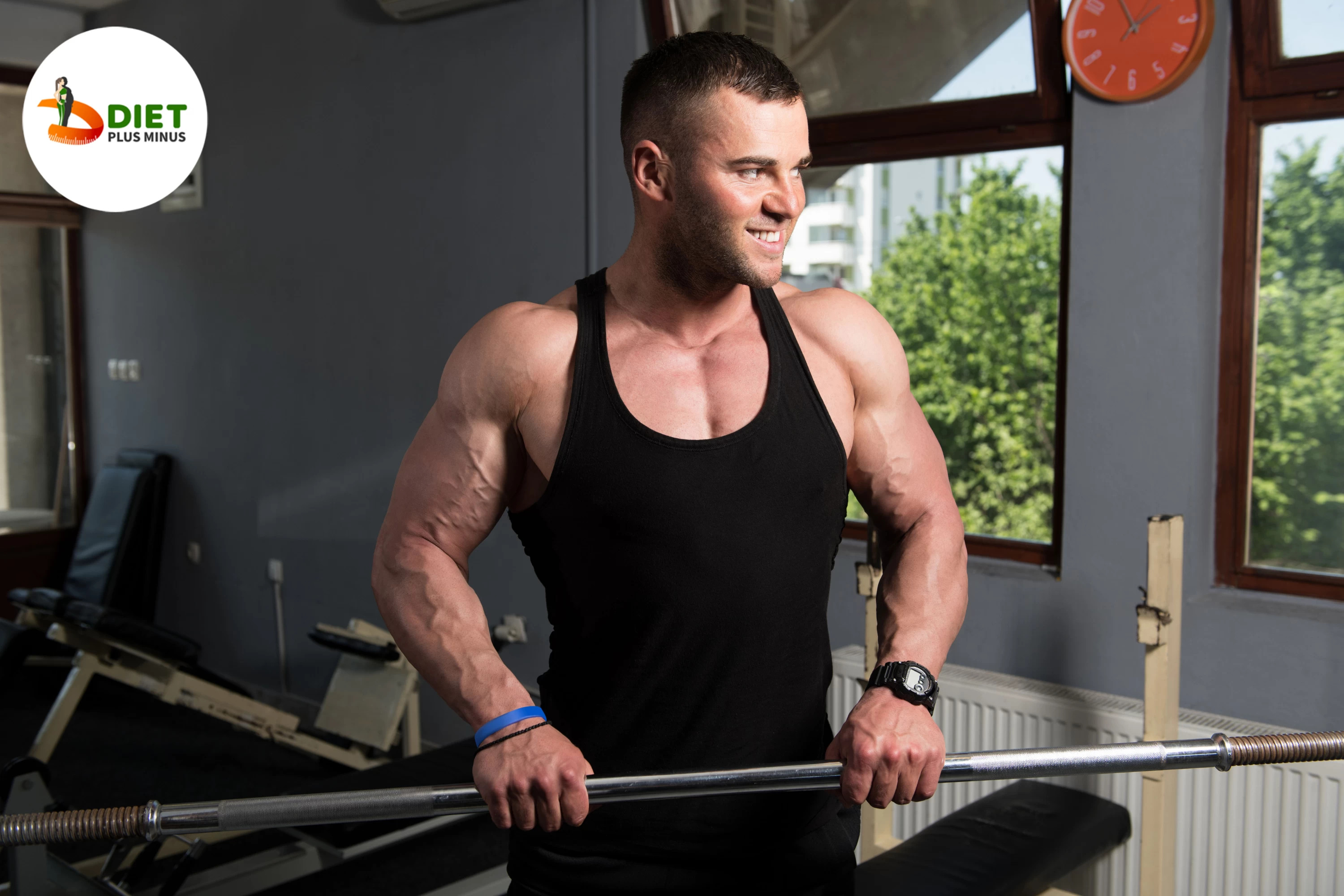Forearms: Forearm Curl

Forearm Curl
Forearm curls work. This exercise targets forearm flexors. Barbell or dumbbell forearm curls can be done seated or standing. Barbell forearm curls require an underhand grip and a thigh rest. .
Sitting on a bench with one dumbbell in each hand, perform forearm curls. Palms up, arms on thighs. Bend your wrist to curl the weights towards your shoulders until your forearms contract.
Forearm curls in your workout routine can improve grip strength and prevent injuries from daily activities like carrying heavy objects or typing for long periods. Strong forearms improve arm aesthetics and make daily tasks easier.
Benefits: Strengthen Forearms
Forearm curls are a popular exercise for building muscle and tone. Forearm curls work your wrist-bending flexor muscles. These muscles improve grip strength and arm definition.
Strong forearms improve appearance, strength, and function. Many daily tasks require a firm grip, from lifting weights at the gym to carrying heavy grocery bags. Climbers and golfers also need strong forearms.
Forearm curls can strengthen your forearms and improve their appearance and function. To avoid strain and injury, start with light weights and gradually increase intensity.
Muscles Used: Biceps, Wrist Flexors
Forearm curls work biceps and wrist flexors. This exercise involves lifting a barbell, dumbbell, or other weight with your forearms. . Sit or stand for this exercise.
One of the most famous muscle groups, the biceps, pulls weights and heavy objects. The wrist flexors, on the inside of your forearm, bend your wrist towards your palm. These two muscle groups help you lift heavier weights during the forearm curl with the biceps.
This exercise works your triceps, forearms, and biceps. .
Equipment Needed: Dumbbells
Dumbbell forearm curls build strong, defined forearms. This exercise requires dumbbells and a flat bench. . Rest your forearms on your thighs with your wrists just beyond your knees.
Next, slowly curl the weights towards yourself with stationary elbows. Squeeze before lowering. Increase weight for 3 sets of 10-12 reps. This exercise can strengthen and define forearms when done regularly.
Dumbbells offer more range of motion than barbells or machines and are effective forearm exercises. Each movement targets more muscles, improving strength and muscle development over time. Having a set of dumbbells at home makes it easy to squeeze in quick workouts whenever you have time without extra equipment or gym fees!
Setup: Proper Form & Posture
Start by sitting on a bench or standing shoulder-width apart with your back straight and shoulders relaxed. Hold a dumbbell in each hand with an overhand grip.
Next, slowly raise the dumbbells to your forearms with locked elbows. Exhale when lifting and inhale when lowering weights. Use your forearm muscles to lift, not your arms.
To avoid injury, keep your wrists neutral during the exercise. .
Executing Curl: Slow & Controlled Movement
Forearm curls are great for strengthening and defining forearms. For best results, perform this movement slowly and carefully. Avoid jerky or rushed movements, which can injure or reduce exercise effectiveness.
Sit on a bench with your feet flat on the floor and your forearms on your thighs to do a proper forearm curl. Hold each dumbbell with an underhand grip, palms up. Curl the weight towards your body with straight wrists, then slowly lower to starting position.
Slow and controlled movement during this exercise engages more forearm muscle fibres and reduces injury risk. Over time, this technique can boost muscular endurance and strength. For best results, do forearm curls slowly.
Variations: Hammer & Reverse Curls
Forearm training should include hammer curls and reverse curls. Hammer curls involve curling two dumbbells with your palms together. This exercise targets your forearm brachioradialis muscle, which flexes your elbow.
However, reverse curls involve curling a barbell or dumbbell with an overhand grip and palms down. This exercise targets the brachialis muscle in your forearms, which supports elbow flexion underneath the biceps.
Hammer and reverse curls can help you develop your forearms well. These exercises also improve grip strength, which is useful for weightlifting, rock-climbing, and even carrying groceries.
Conclusion
The forearm curl is a simple but effective exercise for grip strength and forearm muscles. It involves lifting dumbbells or a barbell with your wrists while keeping your forearms stable. Start with lighter weights and increase as you get stronger to do this exercise correctly.
Forearm curls shouldn't be your only workout. Bicep curls, tricep extensions, and shoulder presses should also be included.
Forearm curls can improve grip strength, arm endurance, and forearm strength. This exercise should be done slowly and correctly to avoid injury.
In Short:
Steps involved:
-
Hold the dumbbell with your palm facing upwards with your forearm rested against the bench.
-
Curl your wrist upward in slow semicircular motion.
-
Return to the initial position. Repeat.
Do’s:
-
Only use your wrist for the movement.
-
Use slow eccentric of exercise.
-
Focus on full the full wrist movement.
Don’ts:
-
Do not hold the dumbbells with a loose grip.
-
Don’t use heavy dumbbells.
